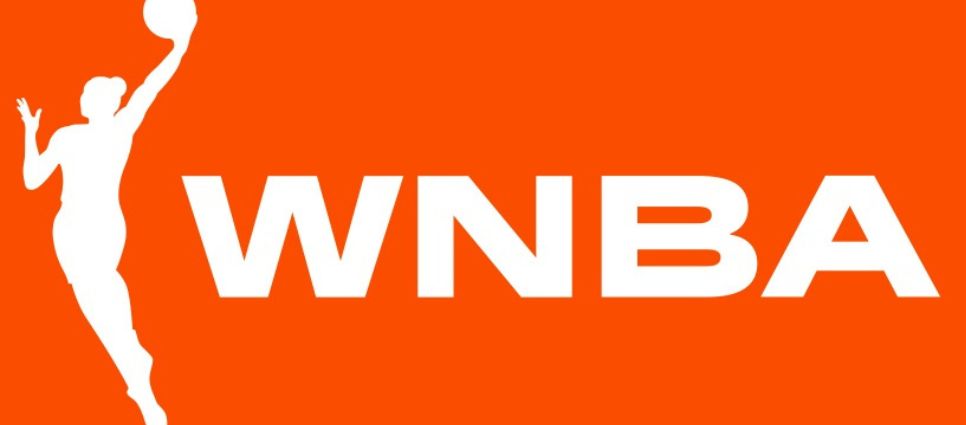Introduction
The WNBA has been a major presence in professional women’s sports since 1996, though its financial resources remain modest compared to leading men’s leagues. Annual revenues are approximately $200 million, with average team valuations of $96 million. The league is steadily growing but still operates at a loss. With media rights negotiations set for 2026, broadcast revenues could potentially triple, significantly improving the WNBA’s financial position.
Financial Challenges
The Women’s National Basketball Association launched with eight original teams as a counterpart to the NBA. While the NBA generates billions annually, financial constraints have been a constant challenge for the WNBA. Current valuations reflect a balance between increasing popularity and persistent disparities in funding for women’s professional sports.
Many teams operate as subsidiaries of NBA franchises or under separate corporate ownership, providing stability but adding complexity to valuations. The WNBA mirrors a broader trend of underinvestment in women’s sports, even when audience engagement is comparable to men’s leagues.
Current Financial Standing
In the 2021-22 season, league revenues were reported between $180 million and $200 million, driven by ticket sales, merchandise, sponsorships, and media rights. While this reflects steady growth, it represents only about 5% of the NBA’s annual revenue.
Average team valuations stand at roughly $96 million. In 2023, the Seattle Storm became the first WNBA franchise valued at more than $150 million, with factors such as market size, arena agreements, and sponsorship potential influencing these figures.
The league is projected to operate at a $40 million loss in 2024, an improvement over previous years when annual losses exceeded $60 million. The NBA continues to cover these deficits until the WNBA reaches profitability.
Media Rights and Sponsorships
Media rights currently generate close to $60 million annually through agreements with ESPN, ABC, and CBS Sports, covering about 40 nationally televised games each season. Local broadcast deals add additional revenue.
Sponsorships are a major revenue source, with partners including AT&T, Deloitte, and Nike. The 2020 collective bargaining agreement introduced revenue sharing, allowing players to receive 50% of incremental sponsorship revenue above set thresholds. Ticket sales and merchandise account for roughly 30% of total income.
Average attendance has grown to around 6,000 fans per game, with premium seating and hospitality offerings providing further revenue opportunities.
Ownership and Valuations
Seven teams are owned by NBA counterparts, while five have independent ownership groups.
In 2023, the New York Liberty became the first WNBA team sold independently from its NBA affiliate, fetching approximately $140 million. Leading valuations include the Vegas Aces, who relocated from San Antonio in 2018, followed by the Seattle Storm, which shifted to independent ownership in 2023.
Unlike NBA franchises, WNBA revenues and valuations are calculated through multiple variables, including market potential and arena arrangements, due to the lack of uniform public financial disclosures.
Future Media Deals
The current media rights contract expires after the 2025 season, setting the stage for a pivotal renegotiation. Industry experts estimate the next deal could be worth around $260 million annually—over four times current media revenues.
Streaming platforms such as Amazon Prime Video and YouTube TV are expected to compete with traditional broadcasters for rights. The WNBA’s strong appeal to younger, digitally engaged audiences makes it an attractive target for streaming services.
Higher media revenues would directly boost player salaries under the existing revenue-sharing agreement, which links maximum salaries to league income.
Player Salaries and Opportunities
Financial growth has significantly increased player compensation. Since 2019, average salaries have risen from $75,000 to more than $130,000 in 2024.
Top players can now earn over $500,000 annually, including performance bonuses. Improved finances also enable teams to invest in facilities and support staff, enhancing player performance and career longevity.
The league’s economic activity extends beyond basketball, supporting hundreds of jobs in arenas, team operations, and related businesses in home markets.
Media rights expert Ed Desser describes the next deal as a “crossroads” moment. Player agent Lindsay Kagawa Colas emphasizes that financial growth must translate into better pay and benefits, noting that the talent driving success deserves equitable rewards. Several star players now earn seven figures through combined salary and endorsements.
The WNBA plans to expand to 16 teams by 2028, with potential markets including Toronto, Philadelphia, and Nashville. Expansion fees could reach $50 million per team, providing a significant financial boost.
International growth is another target, with Europe and Asia offering strong markets for women’s basketball. This could include more global games and foreign media rights sales. While challenges remain, the WNBA is on its strongest financial footing to date. With successful media negotiations and sustained fan engagement, profitability appears within reach over the next decade, marking both a milestone for women’s sports and progress toward greater gender equity in professional athletics.










